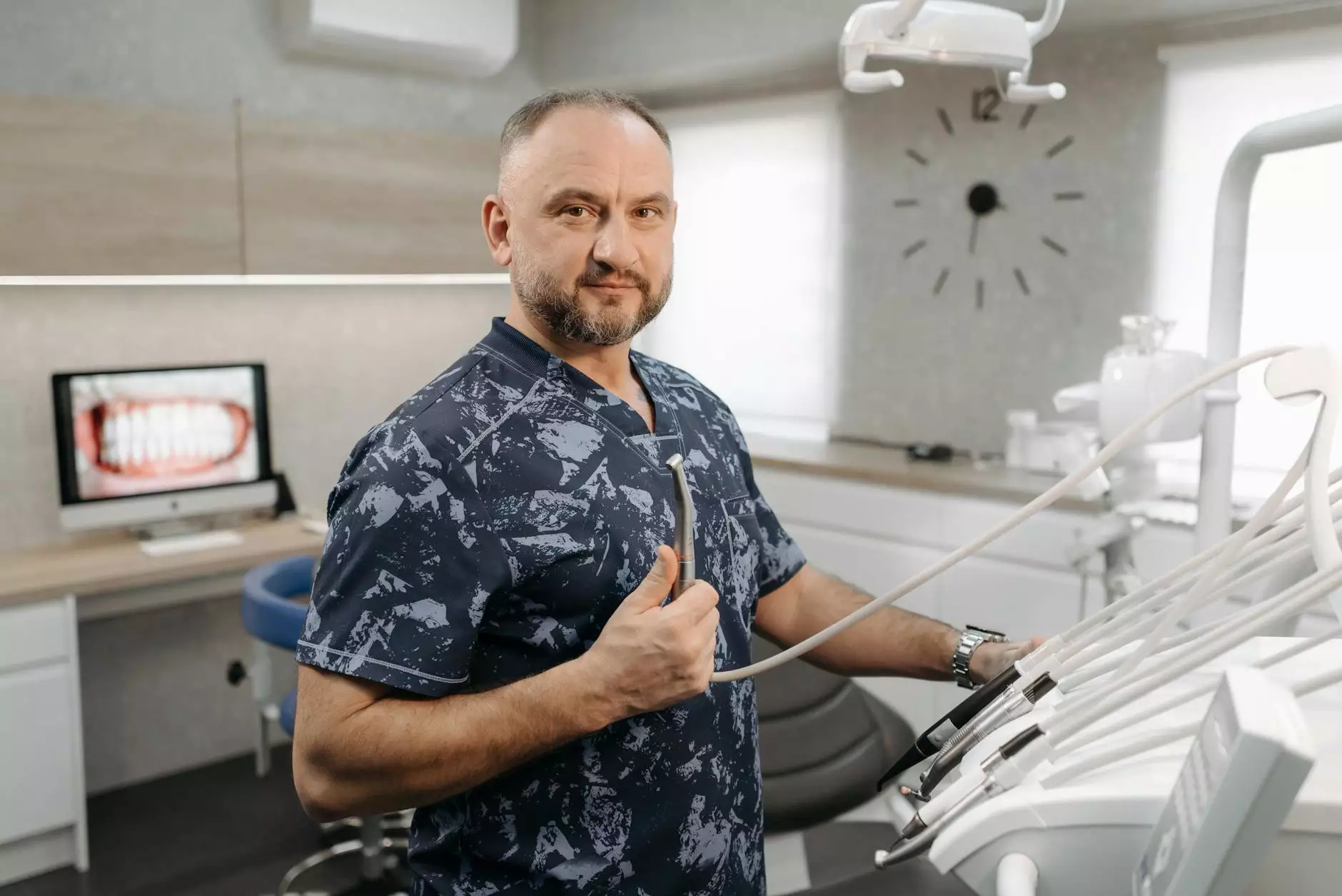Revolutionizing Dentistry: The Impact of CAD CAM Technology

CAD CAM in dentistry has emerged as a game-changer in dental care, offering unprecedented precision and efficiency. In the ever-evolving world of dental medicine, the integration of Computer-Aided Design (CAD) and Computer-Aided Manufacturing (CAM) technologies represents a major leap forward in how dental professionals design and fabricate dental restorations.
The Fundamentals of CAD CAM in Dentistry
At its core, CAD CAM technology utilizes advanced software and machinery to create dental restorations with remarkable accuracy. This digital evolution allows dentists to take detailed scans of a patient’s oral cavity, create 3D models, and then manufacture various dental appliances such as crowns, bridges, and orthodontic devices quickly and efficiently.
The Process of CAD CAM in Dentistry
The process of CAD CAM in dentistry can be broken down into several key steps:
- Digital Imaging: Dentists start by capturing high-definition images of the patient's teeth using digital scanners. This eliminates the need for messy traditional impressions.
- 3D Model Creation: The scanned images are processed to create a highly accurate 3D model of the dentition.
- Design: Using CAD software, dentists design the restoration or orthodontic device tailored to the patient's specific needs.
- CNC Machining: The design is then sent to a CAM machine, which accurately mills or 3D prints the restoration from durable materials like zirconia, porcelain, or resin.
- Finishing Touches: Finally, the crafted restoration undergoes finishing and polishing before being fitted onto the patient’s tooth.
Applications of CAD CAM Technology in Dentistry
CAD CAM has a wide array of applications in the dental field, significantly enhancing both treatment outcomes and the patient experience.
1. Crowns and Bridges
One of the most common uses of CAD CAM in dentistry is the production of crowns and bridges. Traditionally, these restorations required multiple appointments due to impression taking, temporary placements, and lab processing. With CAD CAM, dentists can complete the procedure in a single visit, greatly improving patient satisfaction.
2. Inlays and Onlays
CAD CAM technology allows for the design and manufacture of inlays and onlays that fit perfectly in cavities or on damaged teeth. This not only conserves tooth structure but also enhances the longevity of dental work.
3. Orthodontics
In the realm of orthodontics, CAD CAM has influenced the way dental appliances like braces and aligners are designed and fabricated. Digital impressions combined with efficient designs allow for custom-fit solutions that lead to faster treatment timelines and improved comfort for patients.
4. Dentures and Removable Appliances
For patients requiring dentures, CAD CAM technology dramatically increases precision, leading to a more comfortable and better-fitting product. The accuracy of digital impressions and manufacturing results in dentures that fit perfectly, which is critical for patient confidence and aesthetics.
The Benefits of CAD CAM in Dentistry
The advantages of incorporating CAD CAM technology into dental practices are numerous, setting a new standard for quality and efficiency.
1. Enhanced Precision
One of the most significant benefits is the outstanding precision achieved through CAD CAM systems. Digital impressions eliminate the variability associated with traditional impressions, resulting in a perfect fit and reducing the potential for remakes.
2. Time Efficiency
CAD CAM in dentistry drastically reduces treatment times. Patients benefit from shorter appointment durations and the ability to receive their restorations in a single visit, making dental care more convenient.
3. Aesthetic Choices
With the ability to work with a variety of materials, dentists can choose aesthetic solutions that blend seamlessly with the patient’s natural teeth. Materials like porcelain and zirconia can be matched to the coloration of existing tooth structures.
4. Improved Patient Comfort
The digitization of the impression process means that patients endure fewer uncomfortable procedures, leading to a more positive experience overall.
The Future of CAD CAM in Dentistry
As technology continues to evolve, the applications and capabilities of CAD CAM in dentistry are expected to expand even further.
1. Integration with Artificial Intelligence
The future may see a fusion of CAD CAM technology with artificial intelligence to further enhance design accuracy and efficiency. AI could analyze patient data to suggest the best treatment options and automatically refine designs based on historical success rates.
2. 3D Printing Innovations
3D printing, while already part of the CAD CAM process, will likely see advancements that allow for even more intricate and personalized dental solutions at lower costs.
3. Remote Treatment Monitoring
Wearable devices and smartphone applications could enable dentists to monitor treatment progress remotely, making adjustments in real time and improving patient outcomes.
Conclusion
The integration of CAD CAM technology in dentistry signifies a transformative shift in how dental care is delivered. With enhanced precision, efficiency, and patient satisfaction, this technology is not just a trend but a fundamental reimagining of dental practices. As professionals at teethattiongbahru.com embrace these innovations, patients can look forward to receiving dental care that prioritizes their comfort, time, and overall health. The future of dentistry is bright, and CAD CAM technology shines at the forefront of this revolution.
FAQs About CAD CAM in Dentistry
What materials are used in CAD CAM dentistry?
Common materials include ceramics, zirconia, and resin composites, all of which provide both durability and aesthetic appeal.
How long do CAD CAM restorations last?
With proper care, CAD CAM restorations can last anywhere from 10 to 20 years, depending on the materials used and the patient’s oral hygiene.
Is CAD CAM technology suitable for all types of dental procedures?
While CAD CAM technology excels in many areas, some complex procedures may still require traditional methods. However, ongoing advancements are constantly expanding its capabilities.



